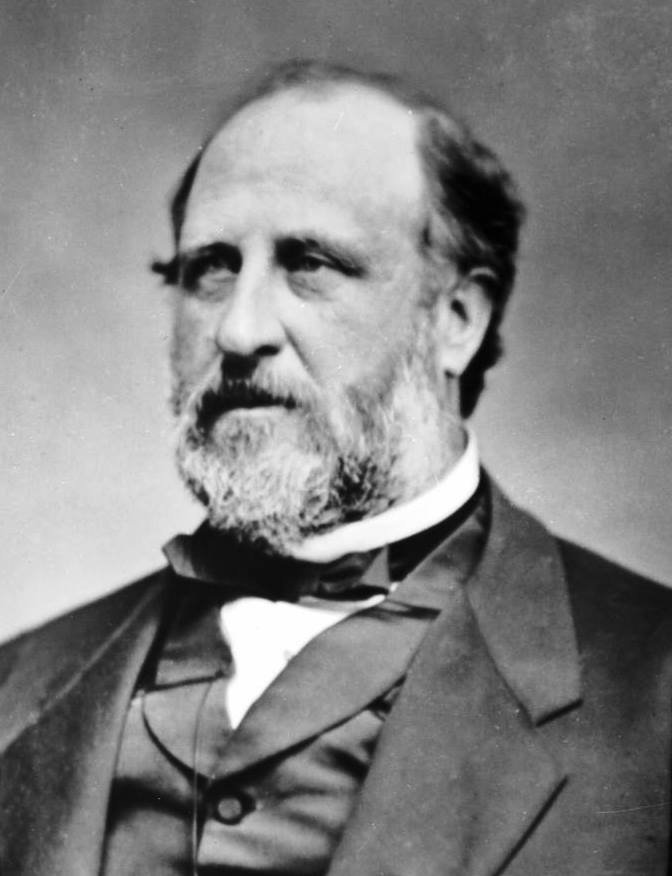On November 23, 1876, William “Boss” Tweed sailed into New York Harbor under less then auspicious circumstances. He was being extradited from Spain and was carried abord the USS Franklin as a prisoner.
The year before Tweed had fled the country while out on a home visit from his pre-trial detention from the Ludlow Street Jail (he was in on $3 million bail for a civil case for all you bail reform advocates out there). Tweed fled to Cuba and when discovered there, went to Spain and found work as a common seaman living life on the lam.
Tweed had reached great notoriety as the political fixer and corrupt head of Tammany Hall, the political machine for the Democratic Party in New York. During his career he also served as: a member of the US House of Representatives, a New York State Senator, a member of the New York County Board of Supervisors, the Director of the Erie Railroad, the Director of the Tenth National Bank, the proprietor of the Metropolitan Hotel, a board member of the Harlem Gas Light Company, a board member of the Third Avenue Railway Company, a board member of the Brooklyn Bridge Company, and the president of the Guardian Savings Bank. He was also believed to be the 3rd largest landowner in the city.
Tweed used his influence to create patronage jobs, approve government projects and contracts, establish kickback and bribe systems, and develop land owned by Tammany associates at government expense. He was even powerful enough to change the City Charter to reduce state oversight. If anyone spoke out against the fraud, that individual was simply replaced by a “Tammany Man”.
The total amount of money stolen through Tweed’s machinations was never fully known. It has been estimated from $25 million to $200 million. Over a period of two years and eight months, New York City’s debts increased from $36 million in 1868 to about $136 million by 1870, with little to show for the debt.
Tweed’s downfall began in 1871, when a campaign by cartoonist Thomas Nast and reform NYS Governor Samuel Tilden started to gain traction. Nast hurt Tweed’s image while Tilden restricted the flow of tax dollars to NYC. That, combined with the release of financial records led to Tweed’s arrest in October 1871 on hundreds of corruption related charges. Tilden appointed a special prosecutor to try Tweed. The prosecution, led by future Supreme Court nominee William Hazard Peckham, was successful and Tweed was found guilty in 1873 and sentenced to 12 years in jail, (immediately reduced to 1 year probably to prevent him from testifying against other corrupt officials). Tilden wasn’t through with him though. New York State filed a civil suit against him and had him arrested again. He was held in on bail for this civil charge. It was during this imprisonment Tweed made his escape to Spain. Upon his return Tweed agreed to testify at special committee hearings on Tammany corruption. Tweed died in 1878 while still languishing in the Ludlow Street jail.











